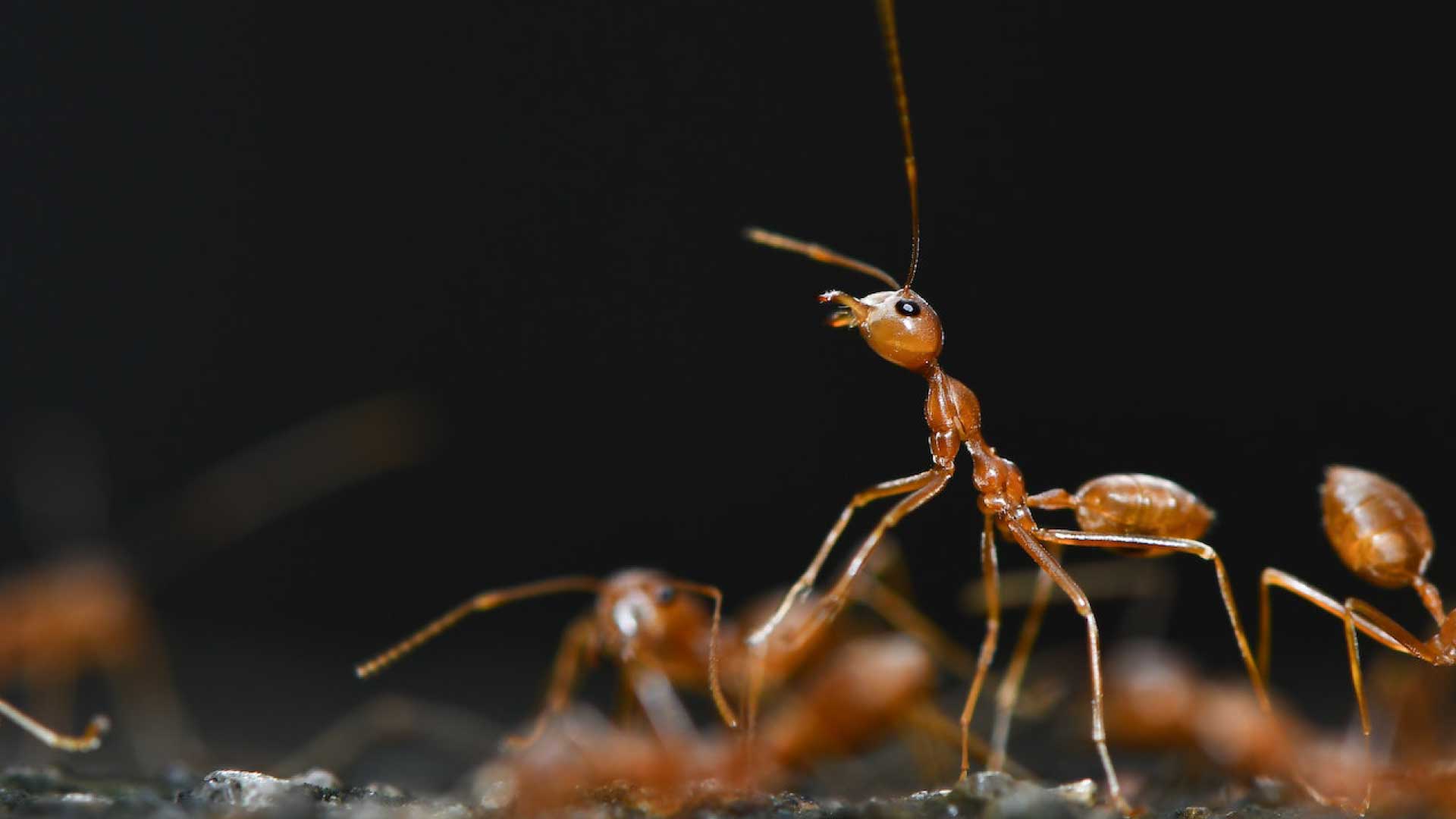Listen to this Article
Red ants are a group of ants that have a reddish or brownish color and can deliver painful stings to humans and animals. They are also known as fire ants, harvester ants, or carpenter ants, depending on the species and location. Red ants are found in many parts of the world, including North America, South America, Europe, Asia, and Australia. They can cause various problems for people, such as:
- Allergic reactions: Some people may experience severe allergic reactions to red ant stings, such as swelling, itching, hives, difficulty breathing, or anaphylactic shock. These reactions can be life-threatening and require immediate medical attention.
- Crop damage: Red ants can feed on seeds, fruits, vegetables, and other crops, reducing their yield and quality. They can also damage irrigation systems and electrical equipment by chewing on wires and cables.
- Ecological impact: Red ants can outcompete and displace native plants and animals, disrupting the natural balance of ecosystems. They can also spread diseases and parasites to other species, affecting their health and survival.
- Nuisance: Red ants can invade homes and gardens, creating unsightly mounds and nests. They can also bite or sting people and pets who come into contact with them, causing pain and discomfort.
How to Identify Red Ants
There are many types of red ants in the world, but some of the most common ones are:
- Red fire ants (Solenopsis invicta): These are small ants (2-6 mm) with a reddish-brown color and a black abdomen. They are native to South America but have spread to many other regions, such as the US, China, Australia, and Europe. They are highly aggressive and can form large colonies with multiple queens. They build mounds of soil that can reach up to 60 cm in height.
- Red harvester ants (Pogonomyrmex barbatus): These are medium-sized ants (4-6 mm) with a dark red color and a black head. They are native to North America but have also been introduced to Australia. They are mainly seed-eaters but will also prey on insects and other small animals. They build underground nests that can extend up to 4 m in depth.
- Chestnut carpenter ants (Camponotus castaneus): These are large ants (6-12 mm) with a dark red color and a black head. They are native to North America and Canada. They live in woodlands and forests, where they nest in dead or decaying wood. They feed on honeydew, insects, and other plant materials.
How to Control Red Ants
If you have a problem with red ants in your home or garden, there are some steps you can take to control them:
- Identify the species: Different types of red ants may require different methods of control. You can use online guides or consult an expert to identify the species you are dealing with.
- Remove food sources: Red ants are attracted to food sources such as seeds, fruits, vegetables, honeydew, insects, etc. You can reduce their presence by removing or covering these items from your property.
- Use baits: Baits are products that contain insecticides mixed with food that red ants will eat and carry back to their nests. This will kill the workers and the queens over time. You can use commercial baits or make your own using boric acid or diatomaceous earth.
- Use insecticides: Insecticides are products that kill red ants on contact or by ingestion. You can use sprays, dusts, granules, or liquids depending on the situation. You should follow the instructions on the label carefully and wear protective gear when applying them.
- Use natural remedies: Natural remedies are products that repel or kill red ants using natural ingredients such as vinegar, lemon juice, cinnamon, peppermint oil, etc. You can apply them directly to the ants or their nests or spray them around your property.
This article is also on our linkedin. Cover image credits : (Photo by Mohamed Nasar from Pexels: https://www.pexels.com/photo/extreme-close-up-of-red-ants-17977833/)

